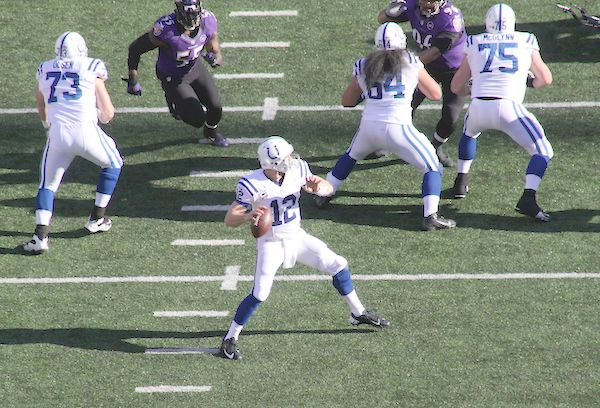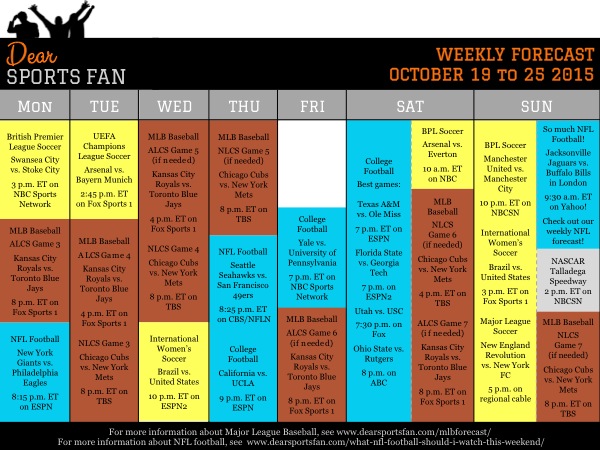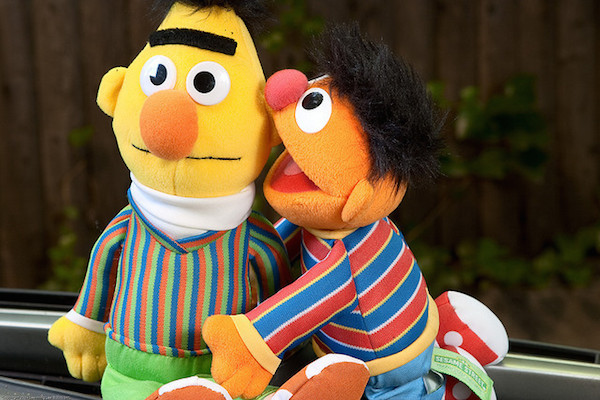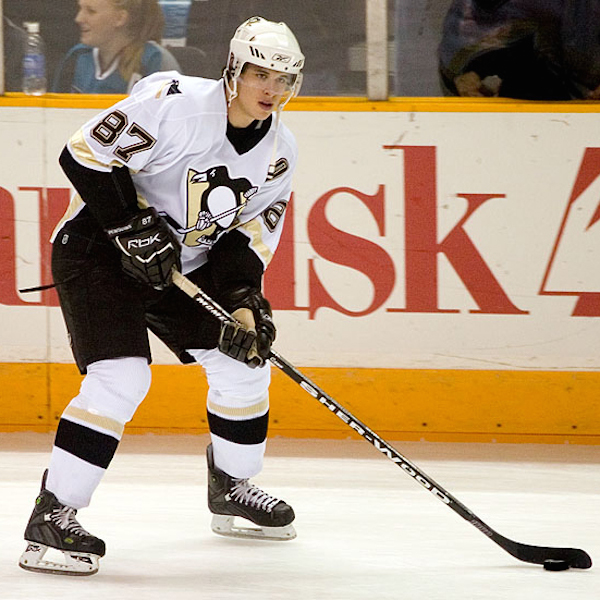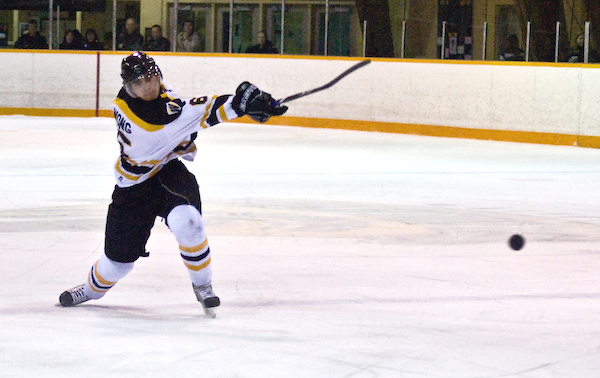Sports talk is frequently used as a common language but it’s far from universal. If you’re someone who doesn’t follow or even understand sports, you can find yourself at a disadvantage in common small-talk situations like in an elevator, waiting for a bus, sitting at a bar, or around the proverbial water cooler at work. Even if you are a sports fan, it’s impossible to watch everything and know everything. To help in these situations, we provide lines to use when engaged in a conversation about all of the high profile sporting events of the day, plus explanations of what they mean.
NFL Football
Sunday, October 18, 2015 1 p.m. ET
Line: It just doesn’t look like anyone can stop the Bengals.
What it means: The Bengals have won all six of their games so far this year and they’ve scored lots of points in every one of them. In order, they’ve scored 33, 24, 28, 36, 27, and now 34 points. Although offense and defense are almost completely separate teams in football, there’s an interesting symbiosis at work. If a defense knows it can count on its offense, it plays better, and vice-versa. Right now, the Bengals are operating as a very virtuous cycle.
Line: At some point it stops being a fluke that Denver is winning despite Peyton Manning instead of because of him.
What it means: The story on the Broncos so far this year has been that their undefeated record is untrustworthy; that they are not as good as their record would suggest because their once great quarterback, Peyton Manning, has played so poorly. After six straight wins though, perhaps it’s time to admit that even with an average quarterback, the rest of the Broncos is good enough to win consistently. They’re unlikely to end the season without losing, but they’ll win a lot of games.
Line: Who wrote that line about lots of noise, “signifying nothing?” Probably Shakespeare, right? Anyway — whoever it was must have watched this game.
What it means: This game had everything you’d want out of an NFL game. It was an exciting, high scoring game, with lots of drama, that went into overtime… but because neither of these teams is going to amount to anything this year, (the Bears are 2-4, the Lions 1-5), it feels meaningless.
Line: I wonder if the Texans can make a run at the Colts now that they seem to have settled on a quarterback?
What it means: The Indianapolis Colts are the favorites to win the AFC South division, with the Texans, Jaguars, and Titans trailing behind them. There are a few signs though that the Texans may be able to give them a run for their money in the standings this year. The Texans started the year with some uncertainty at quarterback, where they had two players, Ryan Mallett and Brian Hoyer, competing for the starting job. After two straight good performances, it seems clear that Hoyer has won the job. That should settle the team down on offense and on defense, it’s hard to believe they could play any worse than they have. In fact, they’re likely to get better — they have so many talented players on defense.
Line: The Vikings aren’t flashy, but is there a winning team that’s flying more under the radar than them this year? I don’t think so.
What it means: The Vikings don’t get covered as much as other teams, and other than problematic running back, Adrian Peterson, they don’t have any big name stars. Perhaps because of that, or perhaps because they were on the wrong side of a fluky week one loss to the San Francisco 49ers, no one seems to be mentioning them as a playoff contender. With four games against teams the Vikings should probably beat coming up, (Lions, Bears, Rams, Raiders), you can sound savvy and prescient by talking about the Vikings now.
Line: I guess that’s why you fire your coach.
What it means: The Miami Dolphins fired their coach two weeks ago, before the team’s bye week (when they don’t play a game.) Even two weeks isn’t enough time to make real tactical changes to an NFL team. So, teams that fire a coach in the middle of a season generally do it because they want to make an emotional or attitudinal change to a team that’s lost its will or understanding of how to play hard. From the result of this game, it certainly looks like that goal was met.
Line: I know it’s virtually impossible to win in the NFL without a great quarterback, but if any team could do it, it might be the Jets.
What it means: Quarterback is the most important position in modern professional football, by such a large margin, that it seems impossible to win without a great quarterback. In order to win despite having an average quarterback, like the Jets have, you have to be nearly perfect in every other area. The Jets have excellent wide receivers, a trio of strong running backs, a decent offensive line, and an intimidating defense. So far, they’ve won four games and lost only one — giving hope to every quarterback-wanting team in the league.
Line: If I were the Steelers, I’d keep Roethlisberger out for another couple weeks. The way they’re playing, there’s no reason to be aggressive and risk re-injury.
What it means: Steelers star quarterback, Ben Roethlisberger, went down during the third game of the season with what initially looked like a major knee injury. After further examination, it was “only” a bone bruise and sprained MCL which he should be able to recover from in four to six weeks. After just two weeks out, Roethlisberger was already lobbying to be let back into the game this week. Despite his wishes, with the Steelers 2-1 in their three games without their starting quarterback, it’s probably better for the team and for Roethlisberger’s long-term health to hold him out another few weeks.
Sunday, October 18, 2015 4:05 or 4:25 p.m. ET
Line: I know it looks bad, but don’t count the Seahawks out yet, they’ve lost to three undefeated teams.
What it means: The Seattle Seahawks, who were good enough over the past two years to go to the Super Bowl twice, have lost four of their first six games. That’s not good and most people are probably close to concluding that the Seahawks just aren’t a very good team this year. Caution them not to jump to conclusions prematurely. The Seahawks four losses have come to a divisional rival, the Rams, who always play them closer than their relative skill would suggest likely, and three teams that are all undefeated – the Bengals, Packers, and Panthers.
Line: Free Steve Smith.
What it means: Steve Smith is a pint-sized dynamo who plays wide receiver for the Baltimore Ravens. This is his 15th and final season in the NFL. Even at 36, he plays football with more determination and bottled up fury than virtually anyone out there. He’s a giant crowd favorite, which is why it’s such an enormous shame that he’ll be stuck in his last year in the league, playing for a mediocre team with no chance at making a playoff run. The phrase, “Free [name of player]” has become common in sports circles over the past few years. It asks that a fun player be released from a not-so-fun situation, in this case, playing on a last place team. It’s unrealistic — trades in the NFL are not common — but it’s a nice sentiment.
Line: Phillip Rivers in the game against the Packers was like the world’s best classical conductor playing with your high school marching band.
What it means: Phillip Rivers is the quarterback of the San Diego Chargers. In this game, he set franchise records for passing attempts, pass completions, and passing yards. He threw for over 500 yards (300 is generally thought of as the line between a good game and a great game) and came extremely close to tying the game in its final seconds. He accomplished all of this despite being surrounded by lackluster, inexperienced, undersized, or over-the-hill wide receivers, running backs, tight ends, and offensive linemen.
Sunday, October 18, 2015 8:30 p.m. ET
Line: If you put aside all the Deflategate stuff, that was just a great football game.
What it means: The lead-up to this game was all about how the Patriots wanted revenge for the Colts putting them through a season of controversy. It was the Colts who originally turned the Patriots in to the league for having improperly inflated the footballs they used on offense in a playoff game last spring against the Colts. Drama may have gotten us to watch the game with more focus than normal, but the high quality of the game was what kept us watching.



